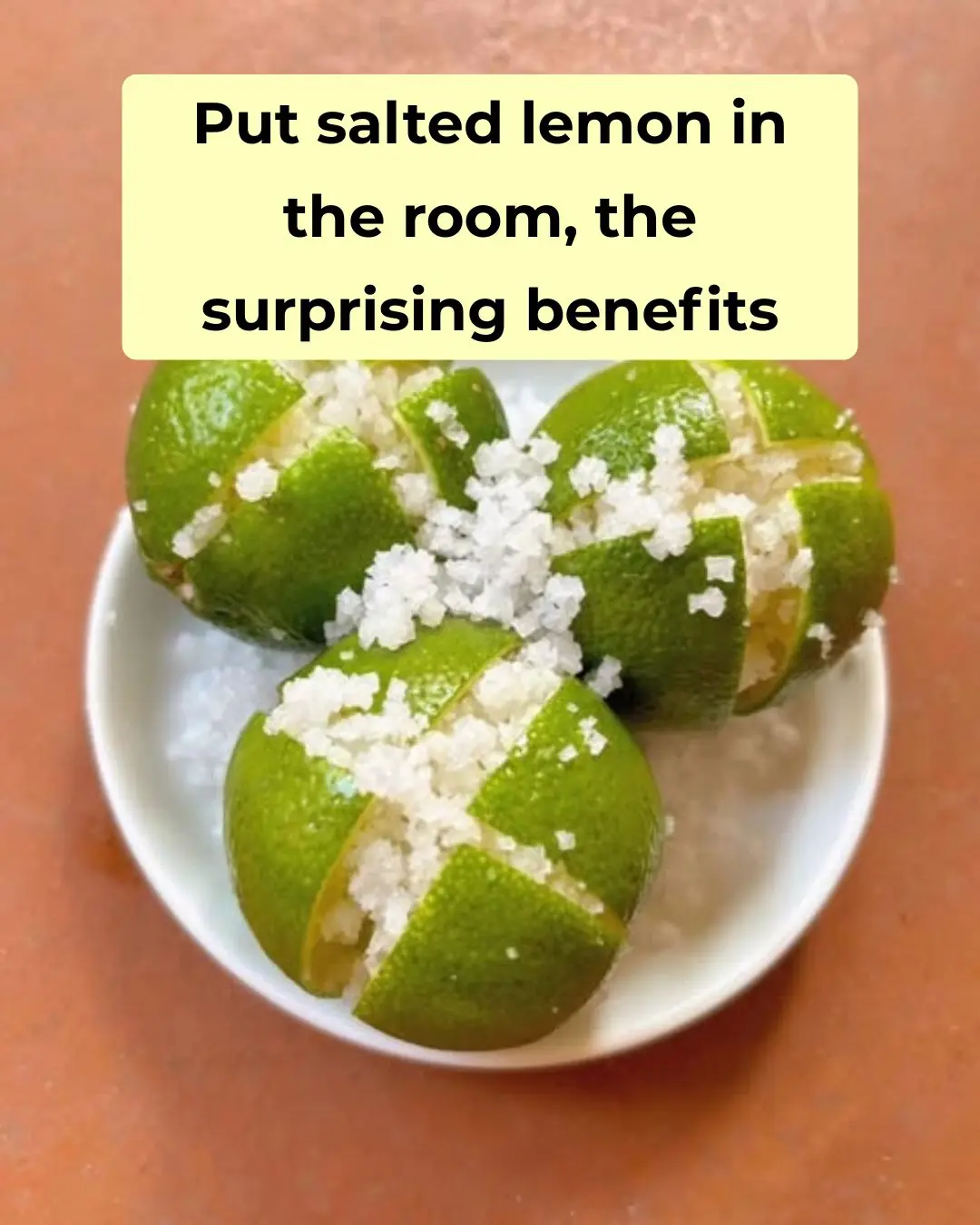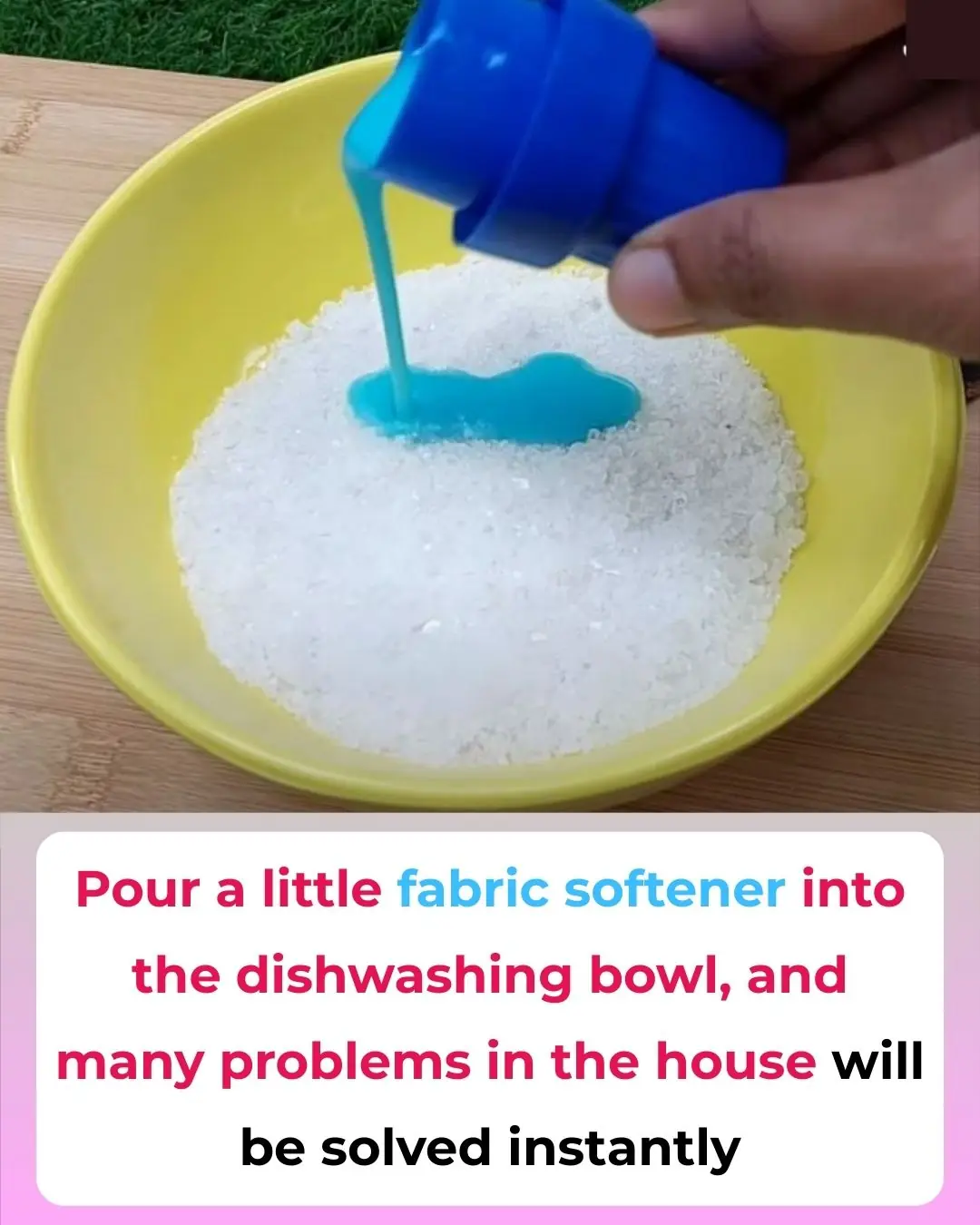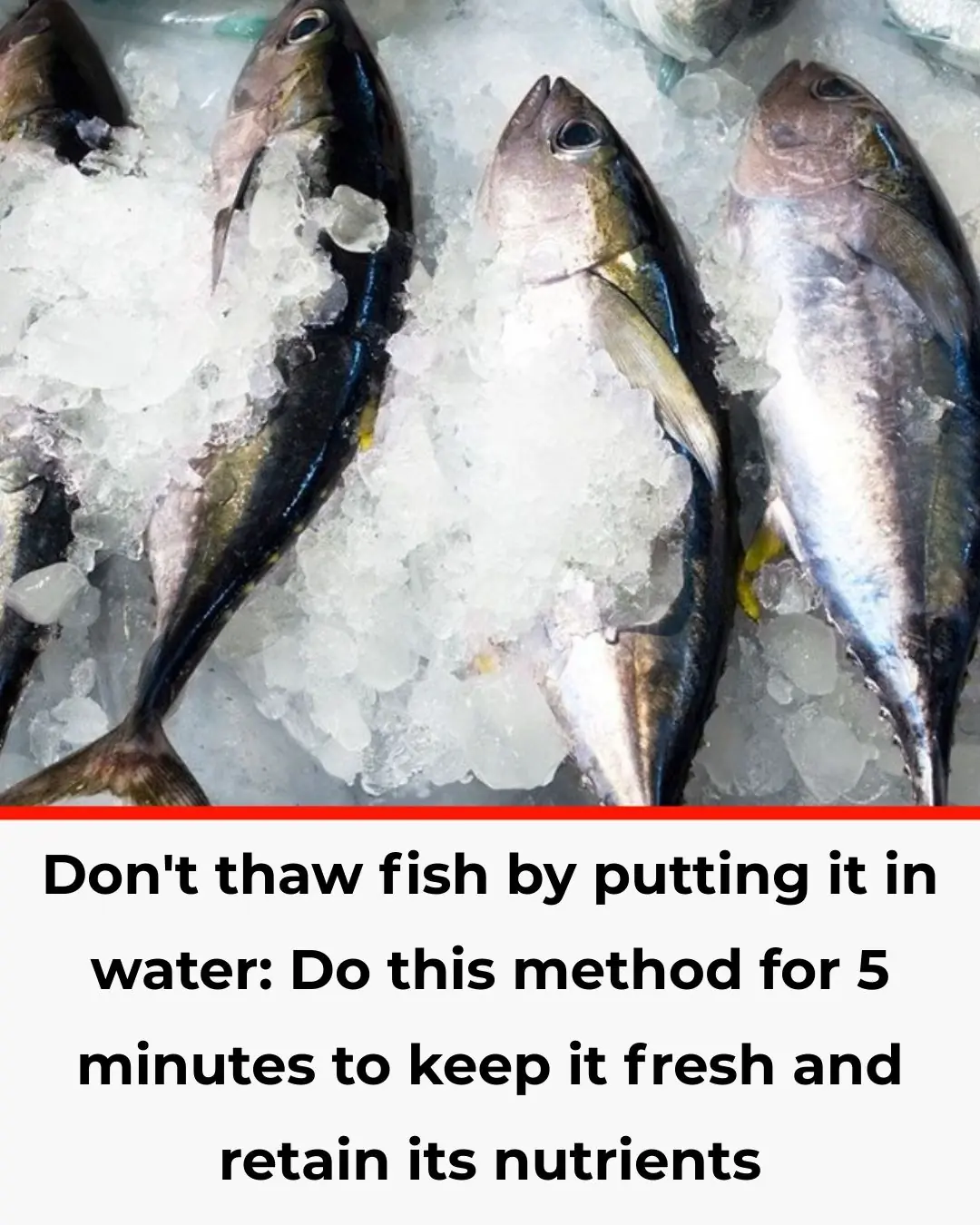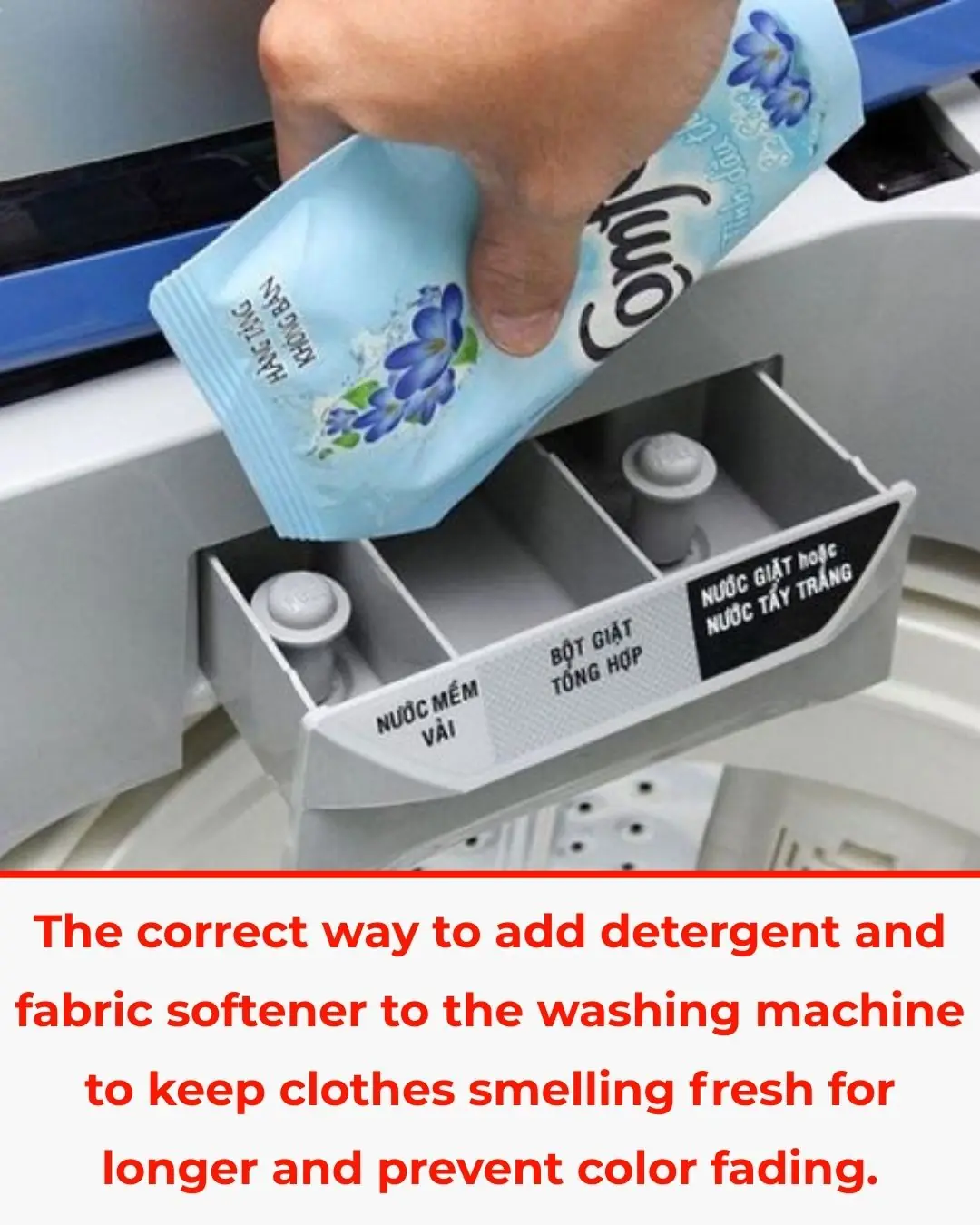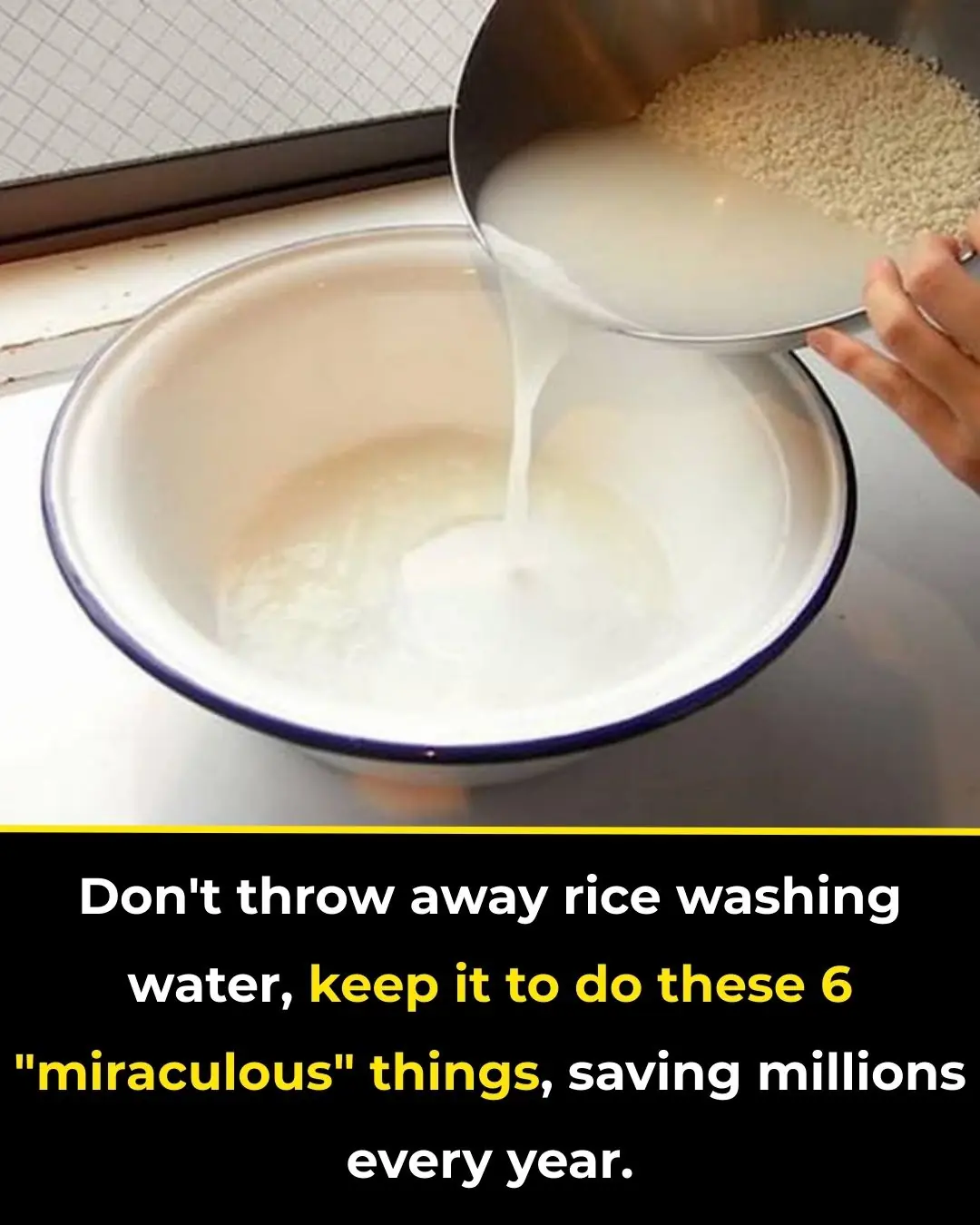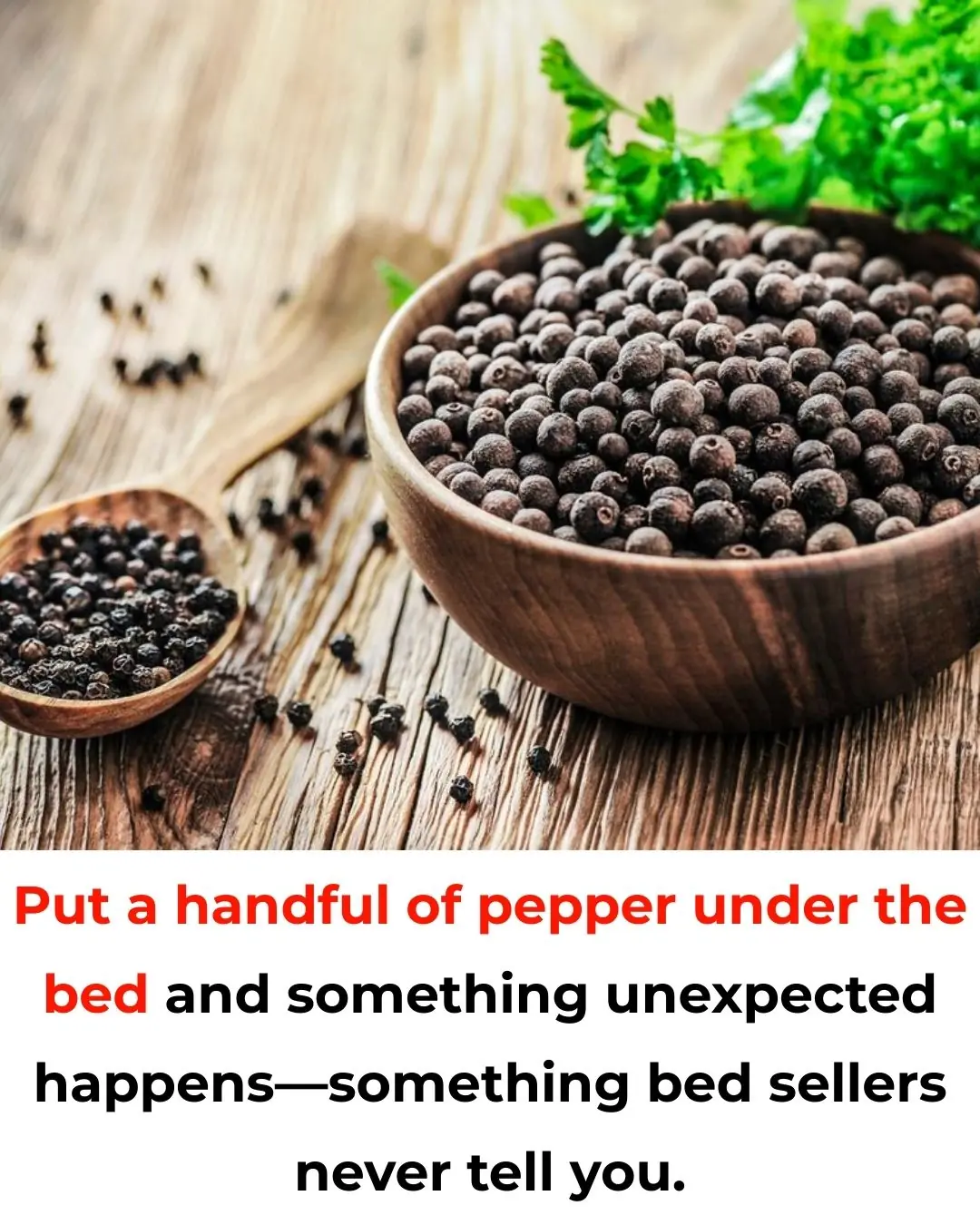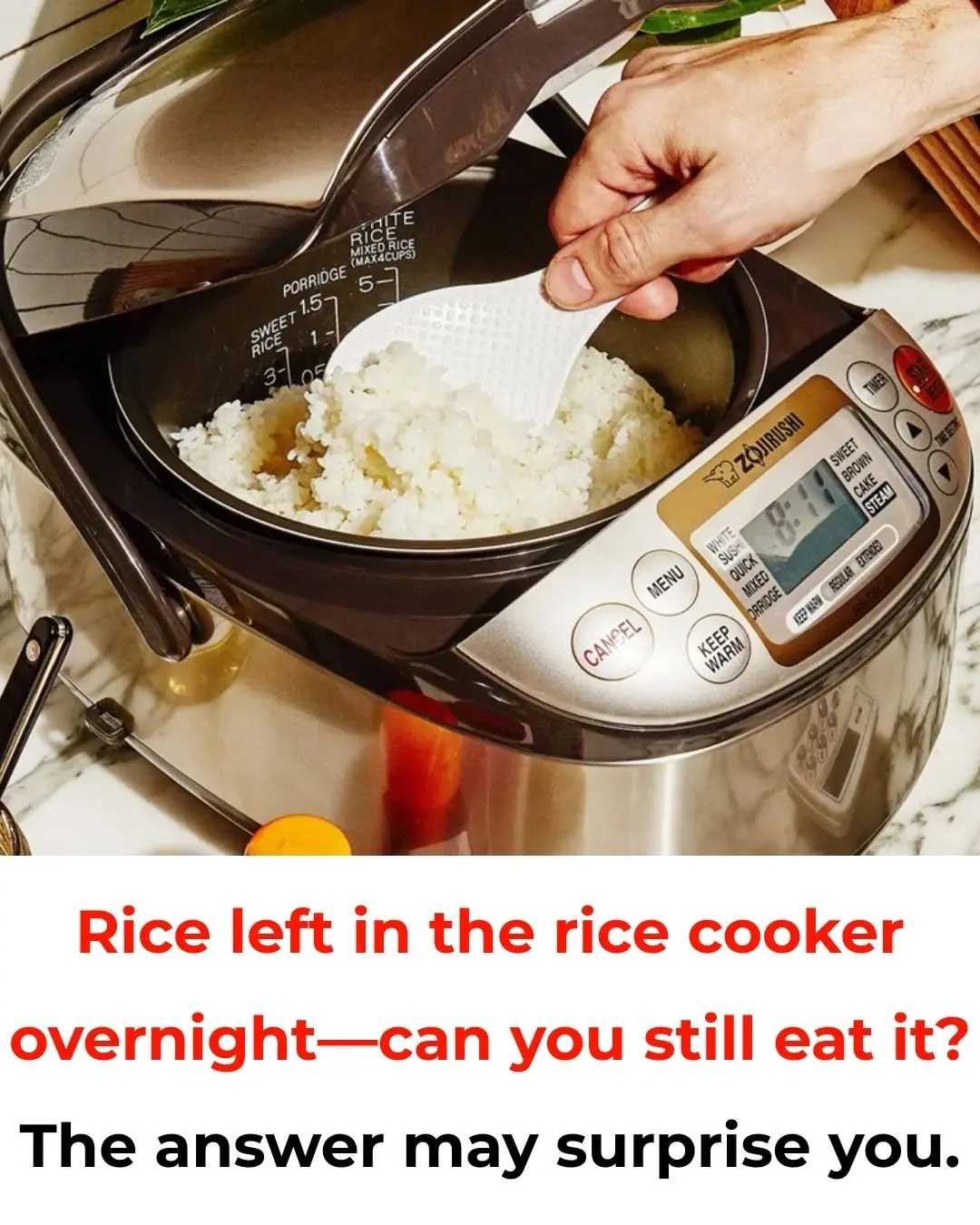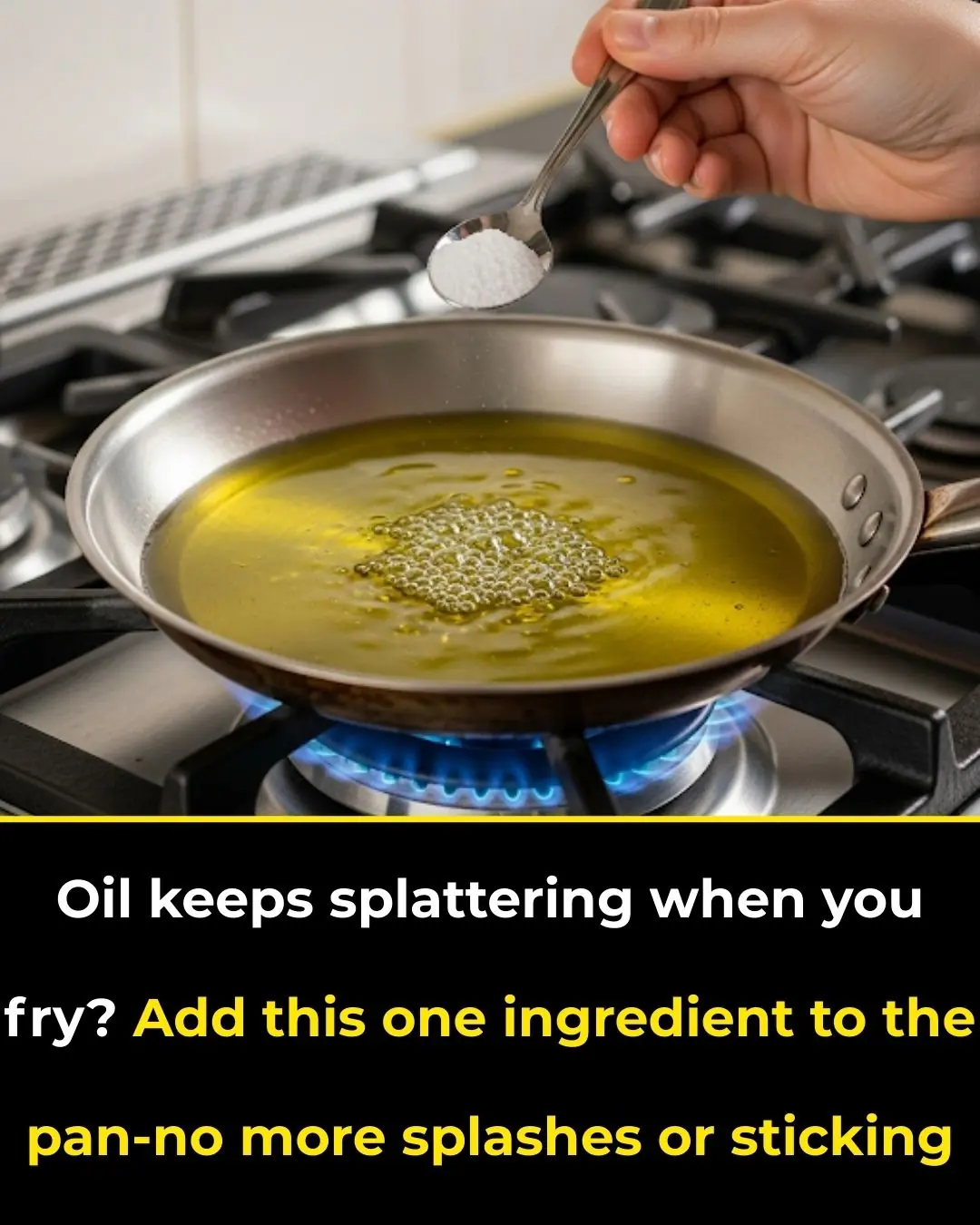The “one spoon” is salt. A simple spoonful seasons the flesh from the inside, balances natural sugars, and helps every sweet potato cook up tender instead of watery or bland. Here’s the exact method (plus the science) to get consistently soft, naturally sweet results—without extra sugar.
Why salt works
-
Enhances sweetness: A small amount of salt suppresses bitterness and heightens perceived sweetness, so the potatoes taste richer and sweeter.
-
Seasons from within: Dissolved salt diffuses through the flesh as it cooks, so you don’t end up with salty skins and bland centers.
-
Better texture: Gentle salinity and a steady simmer help pectin in cell walls break down evenly, giving a creamy interior instead of mealy or stringy pockets.
The exact ratio (so it’s flavorful, not salty)
-
Salted boiling water: 2 teaspoons fine salt per 1 liter (1 quart) of water
(or 1 tablespoon per 1.5–2 liters).
This is lightly seasoned—enough to amplify sweetness without tasting salty.
Use fine sea salt or kosher salt (adjust if crystals are large).
Step-by-step: Soft, sweet, and evenly cooked
-
Choose and prep
-
Pick sweet potatoes of similar size.
-
Scrub well; leave skins on (they protect nutrients and prevent waterlogging).
-
For very large potatoes, halve lengthwise for even cooking.
-
-
Start cold, not boiling
-
Place potatoes in a pot, cover with cold water by 2–3 cm (about 1 inch).
-
Add salt per the ratio above. Starting cold ensures the centers heat gradually and cook through evenly.
-
-
Bring to a gentle simmer
-
Heat over medium to a steady, gentle simmer, not a rolling boil (vigorous boiling splits skins and makes interiors waterlogged).
-
-
Cook to just tender
-
Typical whole, medium potatoes: 18–25 minutes; halves: 12–18 minutes.
-
Check doneness with a thin skewer—it should slide through with little resistance.
-
-
Drain and dry
-
Drain immediately, return potatoes to the hot pot off heat, and rest 2–3 minutes with the lid ajar to steam off surface moisture (prevents sogginess and concentrates flavor).
-
-
Finish and serve
-
Peel at the table or slip skins off once cool enough to handle.
-
A tiny pinch of salt or a pat of butter is optional; you shouldn’t need sweeteners.
-
Keep nutrients where they belong
-
Skin on: Limits vitamin loss into the water and preserves texture.
-
Don’t overfill with water: Use just enough to cover; more water = more leaching.
-
Gentle simmer: High heat ruptures cells and dilutes flavor; a calm simmer keeps nutrients and sweetness in the flesh.
-
Stop at tender: Overcooking turns creamy into watery.
Flavor upgrades that highlight natural sweetness (optional)
-
Citrus-steam finish: After draining, add 1–2 teaspoons lemon or orange juice to the empty warm pot, toss briefly with the potatoes off heat; bright acid makes innate sweetness pop.
-
Warm spice dusting: A whisper of cinnamon, nutmeg, or ginger after cooking complements sweetness without added sugar.
-
Butter & vanilla micro-gloss: Melt 1 teaspoon butter in the warm pot, add 1–2 drops vanilla, toss potatoes quickly—aroma lifts perceived sweetness.
(Keep the water salt-only during boiling; add aromatics after draining so they don’t wash away.)
Troubleshooting
-
Hard center, soft outside: Pieces were too large or water was boiling too hard. Next time, halve large potatoes and maintain a gentle simmer from cold.
-
Watery or bland: Too much water or no salt. Use the ratio above, start cold, simmer calmly, and dry briefly after draining.
-
Split skins: Heat was too vigorous. Lower to a steady simmer and avoid poking repeatedly while cooking.
-
Stringy texture: Some varieties are naturally stringier. Halving and simmering more gently helps; finish with a brief covered rest to rehydrate fibers.
Pro method for maximum natural sweetness (optional, for weekend cooks)
If you want the sweetest possible result without sugar, use a short warm-hold before simmering: place whole, scrubbed potatoes in warm water at 60–70°C (140–158°F) for 30–45 minutes, then proceed with the salted simmer. This temperature range lets natural enzymes convert starch to maltose (a sweet sugar), boosting caramel notes. It’s not required for great results—but it’s a noticeable upgrade if you have the time and a thermometer.
Quick reference
-
Salted water: 2 tsp per 1 L (1 qt)
-
Start: Cold water, skins on
-
Heat: Gentle simmer
-
Time: 12–25 min (size-dependent)
-
Finish: Drain, 2–3 min dry-steam, serve
Bottom line
That one spoon of salt turns plain simmering into a reliable technique: sweeter-tasting, evenly tender sweet potatoes with better nutrient retention and no added sugar. Start in cold salted water, simmer gently, and finish with a brief dry-steam—simple steps that make every potato soft, sweet, and deeply satisfying.
